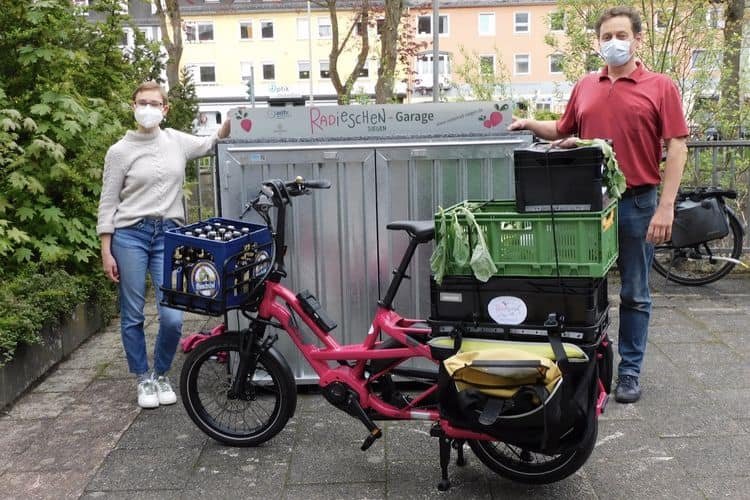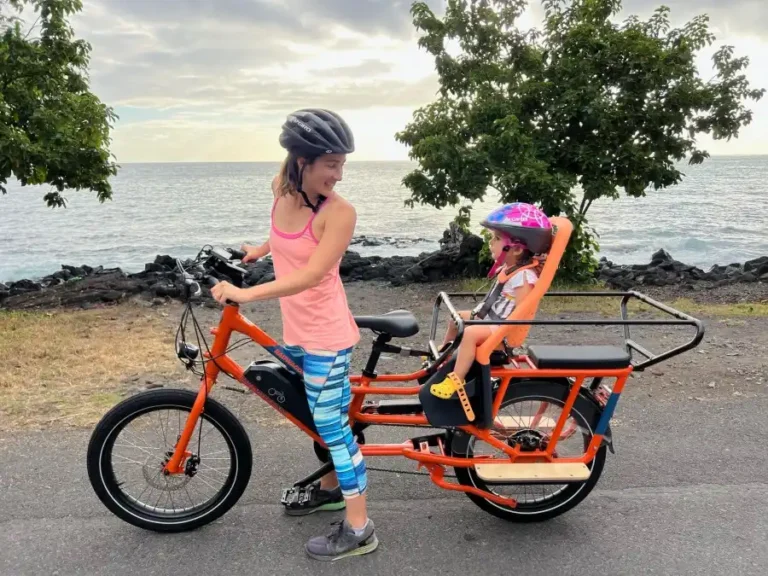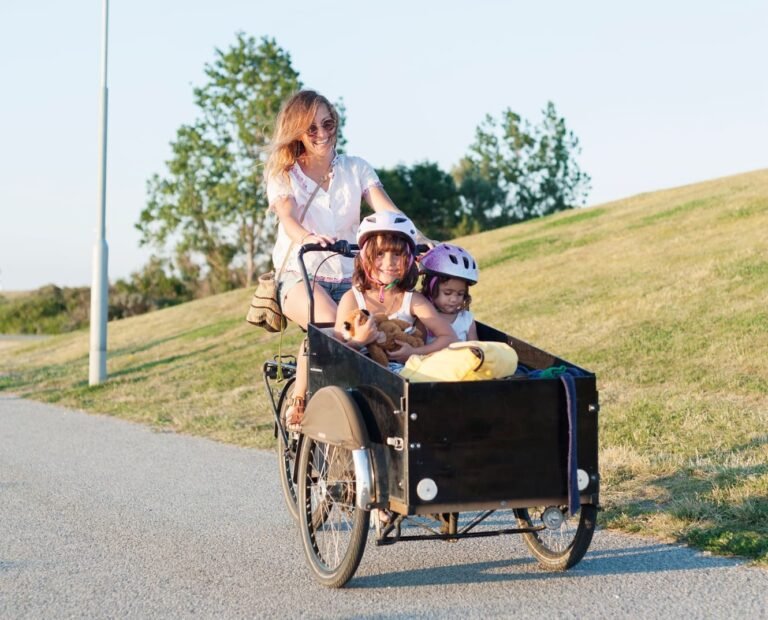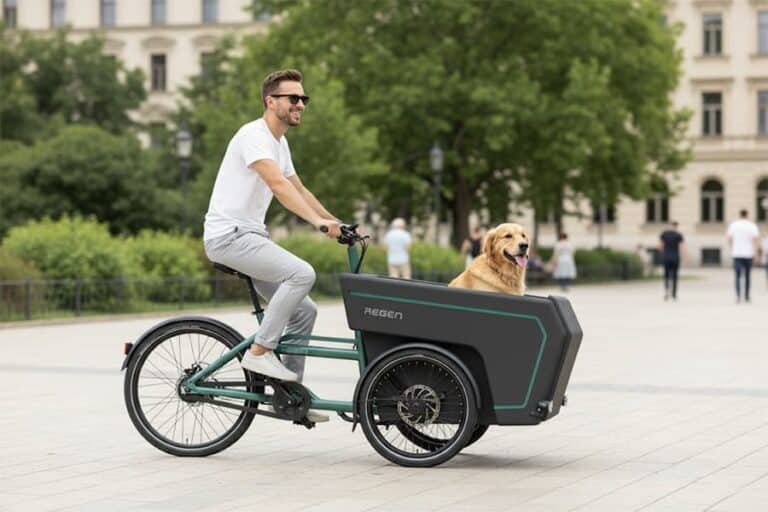Shifting gears correctly on a cargo e-bike is more than just about comfort. It affects drivetrain longevity, motor efficiency, and rider safety. Because cargo e-bikes like the Regen RS01 и Regen 02 carry heavy loads and face real-world conditions (hills, stops, uneven roads), improper shifting can quickly wear out components or leave you struggling mid-ride.
This guide explains how gears work, when to shift, and how to combine gears with motor assist for maximum efficiency.
1. How Bike Gears Work
Both Regen cargo bikes are equipped with Shimano gear systems:
- Internal 8-speed hub (RS01 standard / Regen 02 option): gears are sealed inside the hub, require less maintenance, and allow shifting while stationary (ideal for urban stops).
- External derailleur (Regen 02 option, 7-speed): lighter, slightly more efficient, but requires the bike to be moving to shift.
Mechanically:
- Shifting to a lower gear (larger cog) makes pedaling easier but slower.
- Shifting to a higher gear (smaller cog) makes pedaling harder but faster.
The principle is to keep your pedaling cadence steady at around 70–90 revolutions per minute (RPM). Cadence that’s too low strains your knees; cadence that’s too high wastes energy.
2. When Not to Shift Gears
To avoid drivetrain damage:
- Don’t shift while the pedals are completely still (derailleur systems need chain motion).
- Don’t force a shift under very high load, such as mid-climb with heavy cargo.
- Don’t change multiple gears rapidly—allow a fraction of a second for the chain to engage.
3. Best Times to Shift
Cargo riding requires anticipation:
- Before hills → downshift to a lower gear преди applying force to climb.
- Before stopping → shift into an easier gear while slowing down, so you can restart smoothly.
- When descending → upshift into a higher gear to prevent “spinning out.”
- During steady pedaling → shift smoothly without stomping.
For heavy cargo, always think one step ahead: gear changes are smoother when you plan for the next terrain change instead of reacting late.
4. Using E-Assist with Gears
The Regen RS01 and Regen 02 use Ananda mid-drive motors (up to 120 N·m torque). Mid-drives amplify the torque you apply through the drivetrain—meaning correct shifting is even more critical to prevent chain stress.
Assist levels act like a second “layer” of shifting:
- Eco Mode:
- Lowest assist.
- Use for flat roads, conserving battery, or light cruising.
- Pair with mid or higher gears to avoid over-spinning.
- Normal / Trail Mode:
- Medium assist.
- Best for stop-and-go traffic, rolling hills, or moderate cargo.
- Combine with low gears for uphill starts или mid gears for steady riding.
- Boost Mode:
- Maximum assist.
- Ideal for steep climbs, heavy cargo, or fast acceleration.
- Pair with low gears before a climb to prevent drivetrain strain.
5. Gears and Assist Interaction Diagram
Here’s a simplified diagram showing how gears and e-assist combine in different riding conditions:
| Terrain / Load | Recommended Gear Choice | Recommended Assist Level |
|---|---|---|
| Flat, light load | Mid–High gear (5–8) | Eco |
| Flat, heavy load | Mid gear (3–5) | Normal / Trail |
| Uphill, light load | Low–Mid gear (2–4) | Normal / Trail |
| Uphill, heavy load | Low gear (1–2) | Boost |
| Downhill | High gear (7–8) | Eco or Off |
| Stop & start | Low gear (1–2) | Normal / Boost (for restart) |
Key principle:
- Използвайте gears to control cadence and torque through the drivetrain.
- Използвайте assist to manage energy input and motor support.
- Always downshift before a stop or climb—assist can’t compensate for poor gear choice.
6. Practical Examples with Regen Cargo Bikes
- Regen RS01: With its suspension and heavy load capacity, you’ll often engage Boost + low gear for uphill starts. Once moving, shift up gradually while reducing assist to Normal.
- Regen 02: Being lighter (45 kg vehicle weight), you can manage many city rides with Normal mode + mid gears, reserving Boost for steeper ramps or when loaded near its 200 kg gross weight limit.
7. Quick Checklist for Riders
- Always shift before hills or stops, not during.
- Match assist mode to cargo load and terrain.
- Keep cadence steady (70–90 RPM).
- Shift one gear at a time—don’t skip rapidly.
- Listen for chain noise—rough sounds mean poor alignment.
Final Takeaway
On a cargo e-bike, gears and e-assist are not separate—they’re complementary tools. Gears optimize mechanical leverage; assist optimizes energy input. By learning how to balance both, you’ll ride smoother, extend drivetrain life, and handle any cargo load with confidence.






